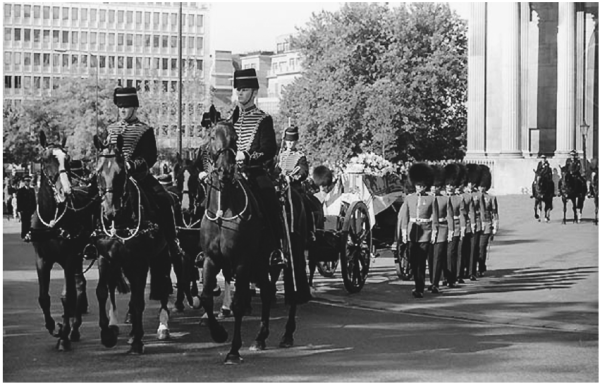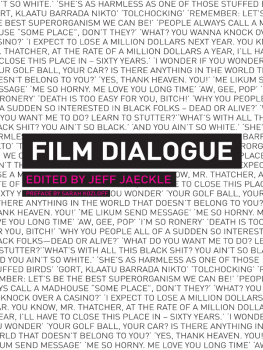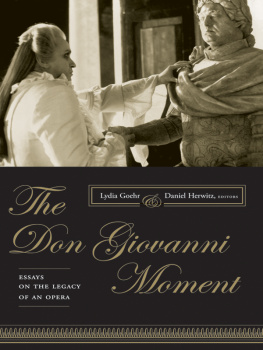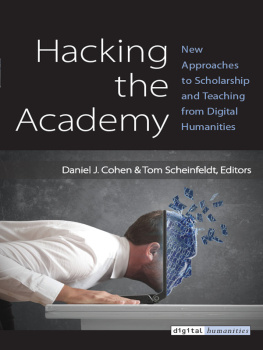

COLUMBIA UNIVERSITY PRESS
Publishers Since 1893
New York Chichester, West Sussex
cup.columbia.edu
Copyright 2008 Columbia University Press
All rights reserved
E-ISBN 978-0-231-51858-1
Library of Congress Cataloging-in-Publication Data
Herwitz, Daniel Alan, 1955
The star as icon: celebrity in the age of mass consumption / Daniel Herwitz.
p. cm.
Includes bibliographical references and index.
ISBN 978-0-231-14540-4 (cloth : alk. paper)
1. Fame. 2. Celebrities. 3. Celebrities in mass media. 4. Aesthetics. 5. Popular culture. I. Title.
BJ1470.5.H47 2008
306.4dc22 2008012171
A Columbia University Press E-book.
CUP would be pleased to hear about your reading experience with this e-book at .
References to Internet Web Sites (URLs) were accurate at the time of writing. Neither the author nor Columbia University Press is responsible for Web sites that may have expired or changed since the book was prepared.
This book is dedicated to Ted Cohen teacher and friend
THIS BOOK is about the star icon, Princess Diana, Jackie, Marilyn, Grace Kelly, that endlessly talked about and little understood persona, object of adulation, fantasy, and cult. It begins with a narrative of Lady Dianas funeral, but it is not a Diana book. It takes off from the pairing of Diana and Grace Kelly, the one a royal who seemed to carry, as if by proxy, the mantle of film star; the other a film star effortlessly become Monaco royal. This transfer or modulation of aesthetic feature from one crown to another is the joint collaboration of media society and public imagination, hence the books title. Other books have been written about the star icons celebrity, which we pretty well know how to understand. However, no book has been written that seeks to cut through the gossip, the tabloids, and critical canons of scholarship to focus on her aesthetic formation: what it is about film and television culture, the star system, and consumer society that have made the star icon what she is. Recruiting a philosophers interest in the media, an ironists eye on society, and a love of popular culture, my book is an essay on our yearning for and consumption of such iconic figures.
Stories of celebrity and star culture tend to collapse the star icon into a general formula, losing all sense of her uniqueness. Celebrity culture we know how to understand, the star icon we do not. She is a celebrity, but also something quite different, a being, the book argues, caught between transcendence and trauma in her own life and in the publics gaze on her. An effervescent film star living on a distant, exalted planet, she is at the same time a melodrama-soaked soap opera queen whose dismal life she is ever trying to flee or overcome and into the mire of which she constantly sinksalways with the help of the media. The very public that edges her on also secretly desires her to fall apart, since it will be the culmination of a whopping good story. This double life of the icon is sustained by a special alchemy between film and television detailed by the book. In its picture of opposing tensions and strange synergies between film, TV, and consumer society, the book understands aesthetics as a complex system and the star icons emergence as a product (or fault, depending on how you look at it) of the system as a whole. Along the way the reader will, it is hoped, encounter new perspectives on film and the aura of the film star, television, talk show, and serial, and the religious glow of the star in an age of consumer society.
The book is about the way society creates its aesthetic types and also about how it destroys them. It is about grace and it is about cruelty, about the publics longing for charisma (in the guise of religion) and the indifference of its consumer stance. Written by a man in love with popular culture but also deeply critical, it is hoped that the paradoxes and controversies it details will keep the reader thinking even when the silver screen goes grainy, the TV is turned off, and the Warhol painting is left speaking only to the cold blue halogen light of the museum in its off-hours.
A book in multiple registers, multiple persons have aided in its creation. Parts were presented to a Hollywood audience at the house of John Rich, legendary television director and generous friend to the institute I direct, other parts to a philosophical group of aestheticians at the University of Michigan. The fellows of the Institute for the Humanities at Michigan combed over the manuscript in progress. Friends and colleagues gave generously of their time: Gregg Horowitz, Lydia Goehr, Nicholas Delbanco, Michael Steinberg, Ed Dimendberg, Marcia Kinder, Marjorie Perloff, Michael Perlstein, David Gritten, Laurence Goldstein, Kendall Walton, Everett Kramer, and above all, Lucia Saks, inamorata deluxe and companion in channel hopping.
My junior copywriter Sophia Saks-Herwitz helped with the books title. A part of a chapter on film has appeared in similar guise in my book Key Concepts in Aesthetics. Other than that, the material is new.
THE FUNERAL interests me most. For it was the culmination of a life known by her admiring public wholly through the media.
Over a million people lined the route to pay homage as her cortege slowly wound its way from Kensington Palace to Westminster Abbey, where the church service began at eleven in the morning. Standing in silence, those crowding the edges of the road bowed their heads when the coffin, draped in a yellow and red standard and topped with white lilies, rolled past. Cameras craned above heads to snap photos of remembrance, tears were shed, prayers whispered. Above the hush could be heard only the clip-clop of the horses and the even rumbling of the carriage. Wheels grinded against stone pavements as horse, soldier, and mourner moved in a single dirge. The horses had been specially trained not to react to the bouquets of flowers thrown from the crowds. The faces of the soldiers were flexed and grim. Her two sons looked well bred and brave. As the cortege passed Buckingham, the royal family stood stone faced outside the palace gate, betraying nothing.

FIGURE 1.1 Princess of Waless funeral procession passing St. James Park. Photograph by Jialiang Gao, Wikipedia, public domain
An estimated 2.5 billion people watched on television. When the cortege turned toward the west door of Westminster it stopped, and gun carriage guards approached the coffin to lift and transport it into the church. BBC reporter Tom Fleming began to speak in a well-tempered baritone:
On a September day in 1982 I described the scene of the first official visit overseas of Diana, Princess of Wales. She was twenty-one and representing the queen at the funeral of a beautiful and much loved princess who had died some days before in a tragic car accident, Princess Grace of Monaco. Little did I imagine that fifteen years later to the month I would be watching the arrival of a simple coffin draped with another royal standard, bearing the body of that beautiful and much loved young princess of our own country, killed six days ago, in a tragic car accident.
The guards raised the coffin from the carriage and solemnly transported it to a bier in the center of the abbey. Waiting for the service to begin, the camera again panned inside the church seeking personages. Some had already been shown arriving, including Dianas natural motherstiff, expressionless, just possibly sober. Now we saw her stepmother Raine, daughter of Barbara Carltand, who wrote over a hundred Romance novels reclining in the satin pillows of her pink couch, dictating chapter and verse to a bevy of secretaries. Margaret Thatcher was there, and Luciano Pavarotti, Donatella Versace, Richard Branson, a wide variety of people who had befriended the princess, those from TV and media who had been both friend and foe, patron and pursuer. In a gelato of language only the BBC could whip up, former secretary of state for health Virginia Bottomley was described as entering the church from behind. Then it was time for the service. The archbishop read, and one of Dianas sisters, and Tony Blair. An aria from Verdis
Next page












